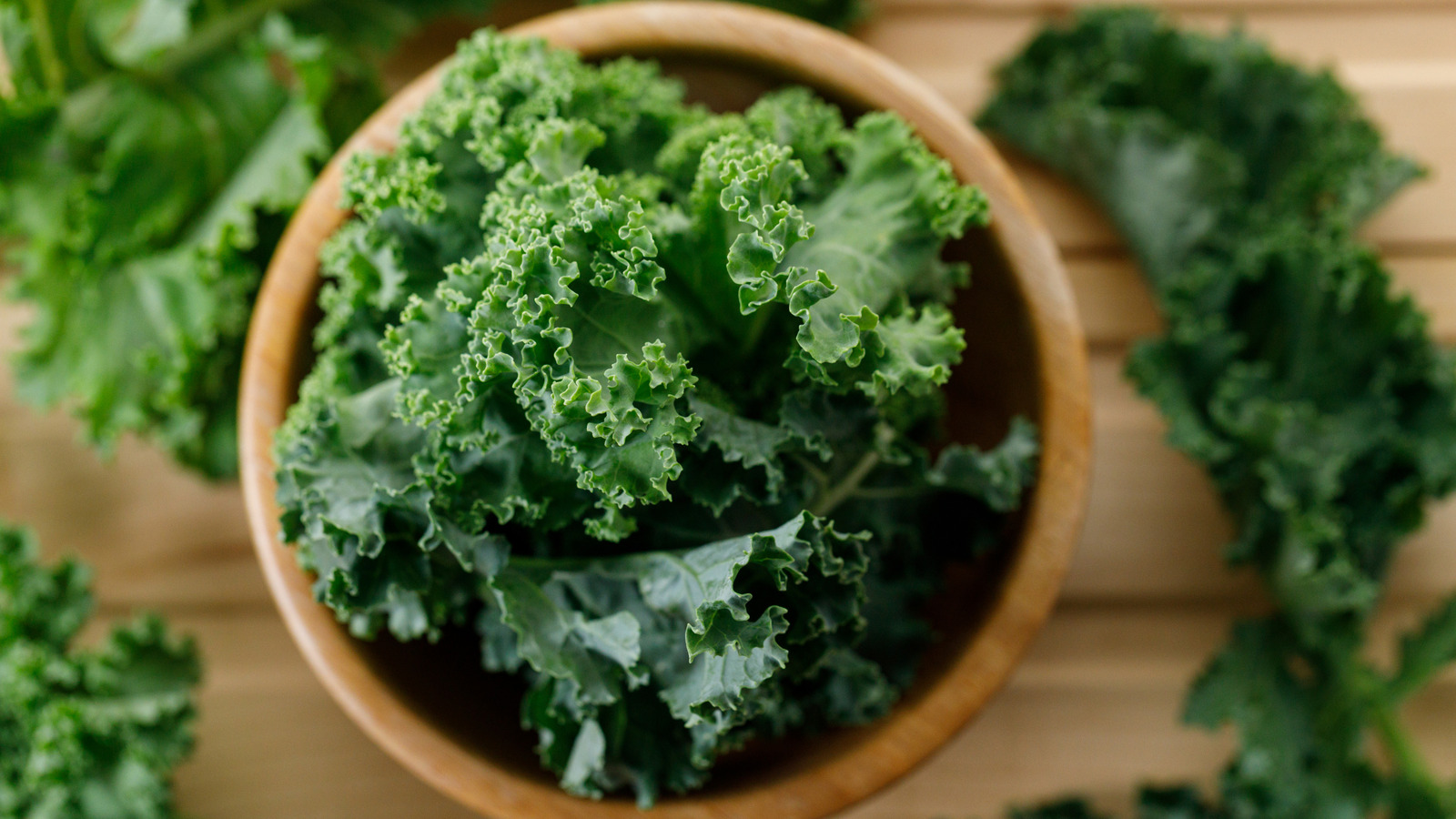
"We all know there are certain materials that don't belong in the microwave. Many of us have likely experienced the consequences of accidentally leaving a fork in our leftovers before reheating them at least once - or twice. Many of us also know that there are many, many types of items (and foods!) that cannot safely be microwaved other than our metal utensils."
"However, there are some foods, such as kale, that cannot be microwaved for reasons similar to that of the metal fork - they will spark and, potentially, catch on fire. Because of minerals found in certain foods (in this case, the iron found in kale), some foods have the potential to "arc" (cause sparks to fly inside of a microwave)."
"But containing metallic minerals is only one part of this equation. Shape matters, too. When an item is in the shape of a rod (like a hotdog) or in a shape that has a lot of jagged edges (like the leaves of kale) there's a great chance that there will be a difference in electric properties from one surface area to the next within the electric field of the microwave. The electricity interacts with the air, and this is what causes sparks to fly."
Microwaving certain materials and foods can cause melting, chemical leaching, or uneven heating that can leave bacteria. Some foods can arc and spark in microwaves due to metallic minerals or additives. Kale contains iron that can create arcing and potentially ignite when exposed to microwave electric fields. The U.S. Department of Agriculture notes examples like hot dogs and carrots where salts, additives, or soil minerals cause similar risks. Shape influences risk: rodlike items or foods with jagged edges concentrate electric differences across surfaces, and those differences interacting with air produce sparks.
Read at Tasting Table
Unable to calculate read time
Collection
[
|
...
]